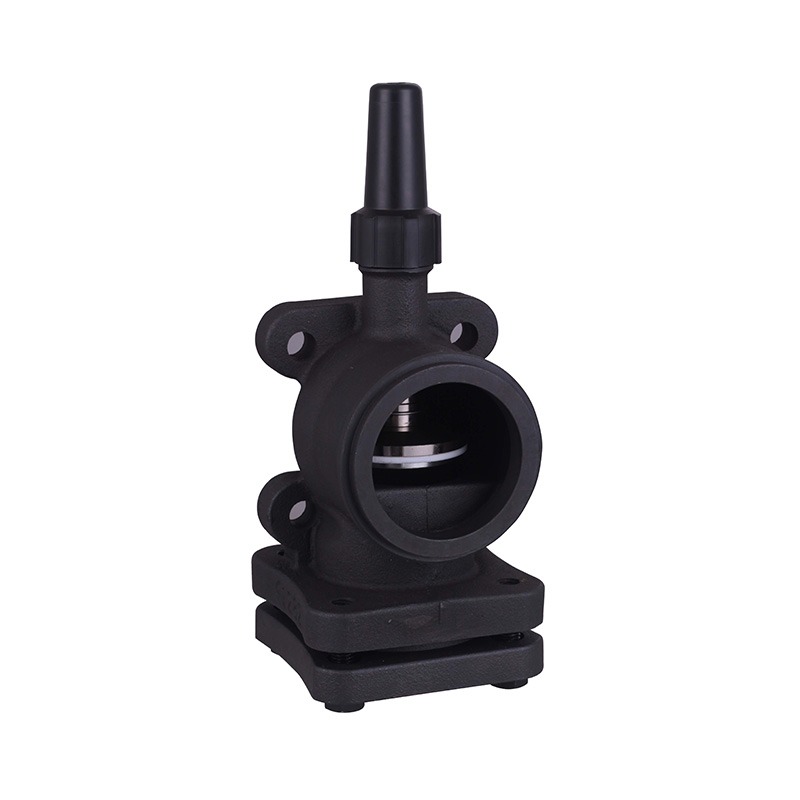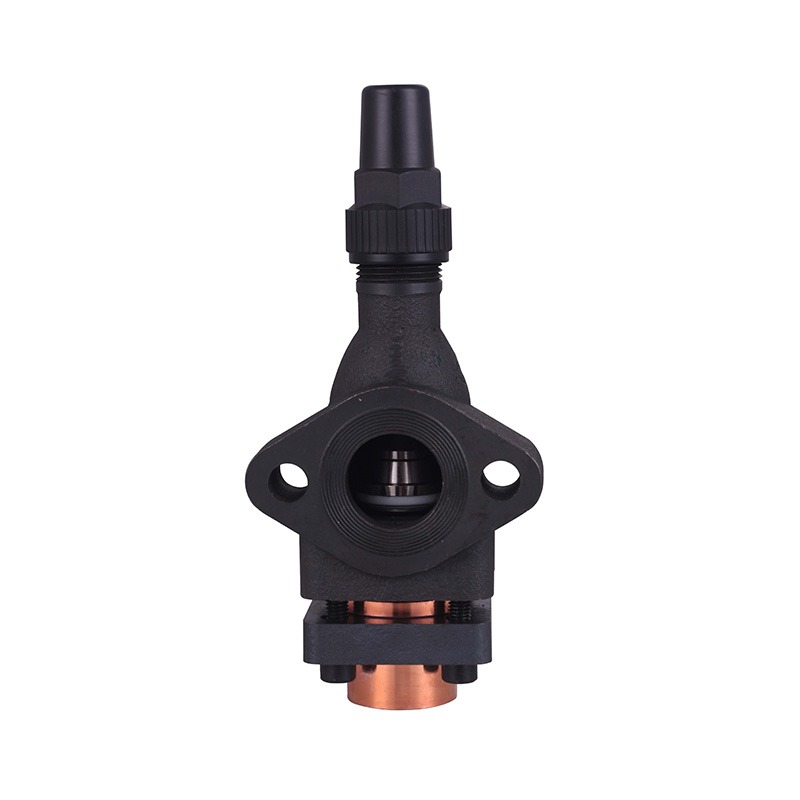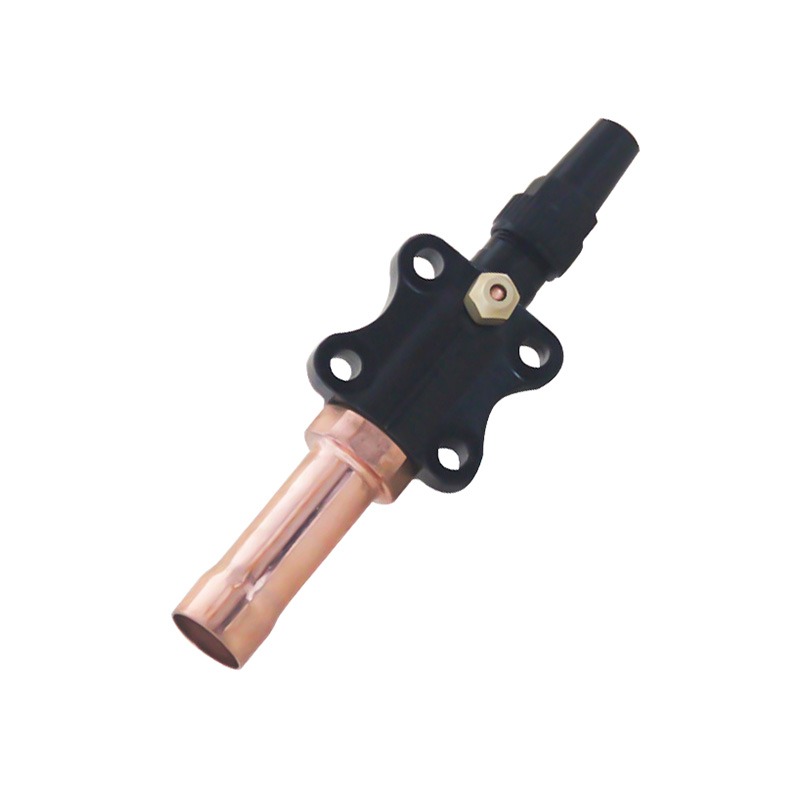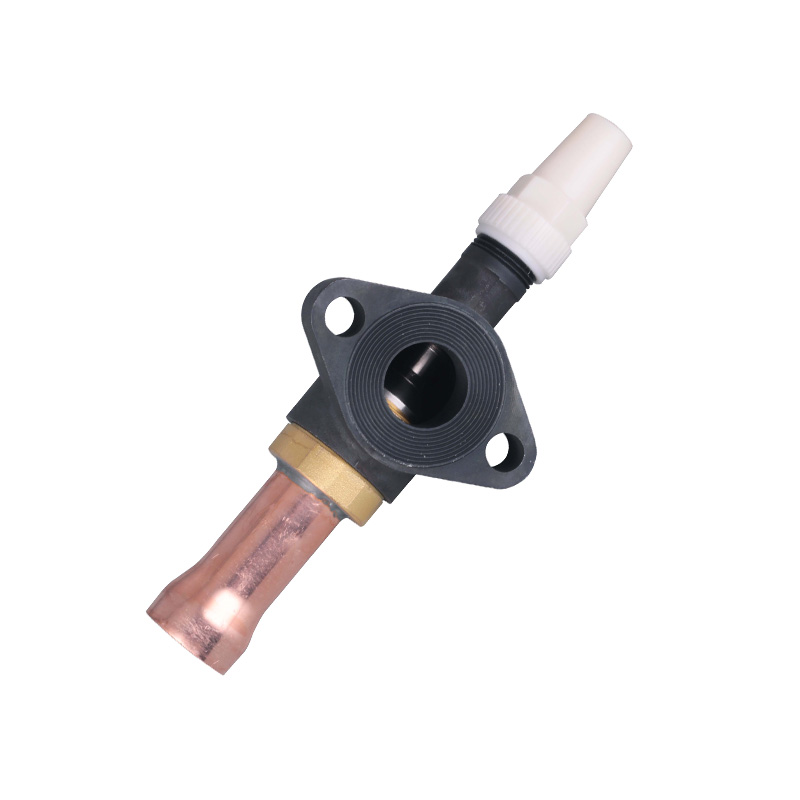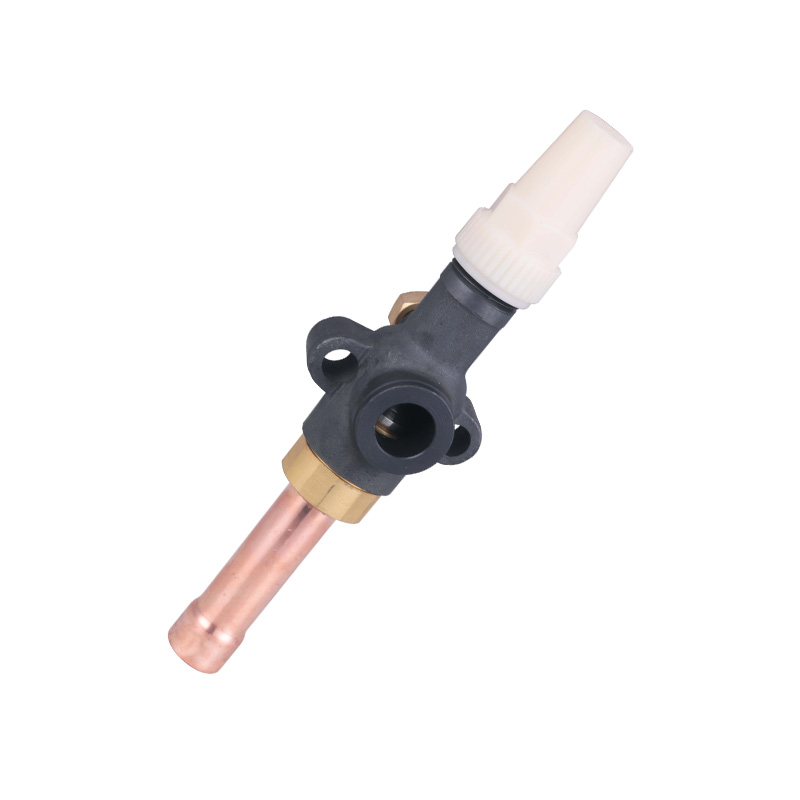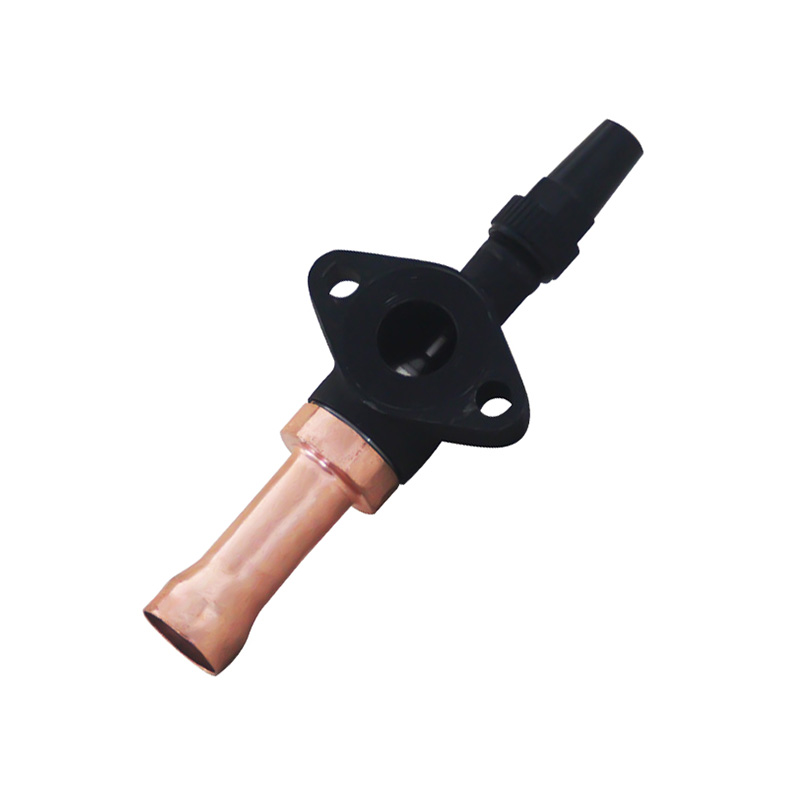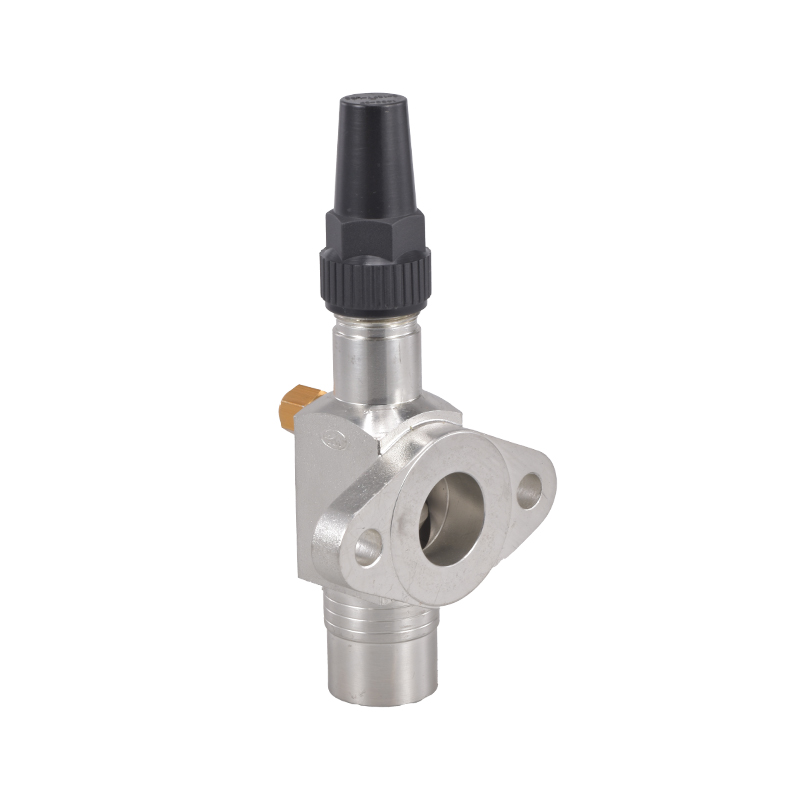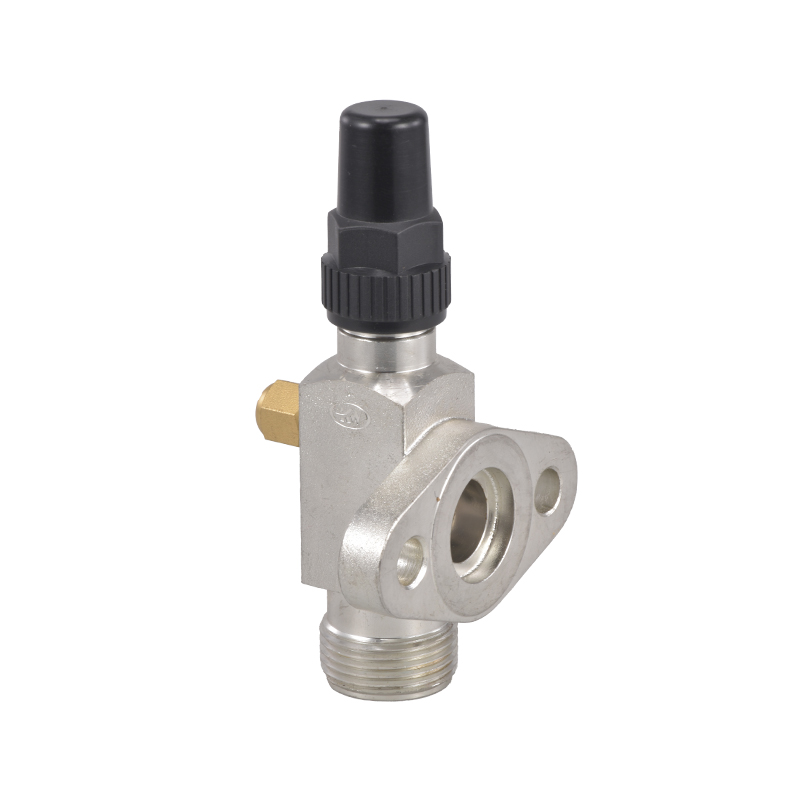What to Know Before Installing an AC Compressor Filter Drier?
 By Admin
By Admin
When installing or maintaining air conditioning systems, one component plays a critical role in protecting your equipment - the AC compressor filter drier. Often overlooked but vitally important, these devices ensure clean refrigerant flow while preventing costly damage.
Understanding Filter Drier Functions
The AC compressor filter drier serves three primary purposes in refrigeration systems:
1. Moisture removal - Absorbs water vapor that could freeze and damage components
2. Contaminant filtration - Traps particles that might clog expansion valves
3. Acid neutralization - Protects against corrosive damage to copper lines
These functions are equally important whether you're installing a basic filter drier aircond for residential use or a heavy-duty hermetic filter drier for commercial applications.
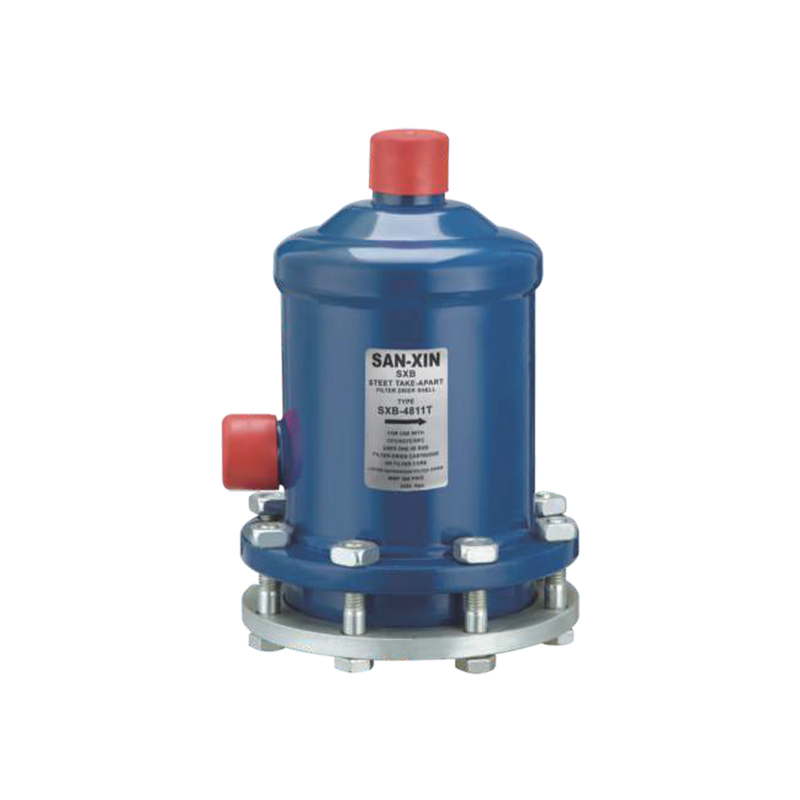
Key Selection Factors
Before choosing your AC compressor filter drier, consider these critical factors:
1. System Type and Size
- Smaller residential units typically use compact filter drier aircond models
- Larger commercial systems require high-capacity hermetic filter drier units
- Match the drier's flow capacity to your compressor's BTU rating
2. Refrigerant Compatibility
- Ensure your AC compressor filter drier is rated for your specific refrigerant (R-22, R-410A, etc.)
- Newer refrigerants often require specialized hermetic filter drier designs
3. Installation Location
- Liquid line driers (most common for filter drier aircond installations)
- Suction line driers (specialized applications)
- Some systems benefit from both locations
Proper Installation Techniques
Correct installation of your AC compressor filter drier ensures good performance:
1. Positioning Matters
- Install vertically with arrow indicating flow direction
- Horizontal installation reduces efficiency by up to 30%
- Keep easily accessible for future service
2. Brazing Precautions
- Remove hermetic filter drier core before brazing to prevent damage
- Use heat sink clamps to protect internal components
- Never exceed 250°F during installation
3. System Preparation
- Always replace the filter drier aircond after major repairs
- Evacuate system thoroughly before charging
- Consider adding a second drier for large systems
Maintenance and Replacement
Even AC compressor filter drier has a limited lifespan:
- Monitor pressure drops across the unit
- Replace every 2-3 years or after system contamination
- Hermetic filter drier units often last longer but still require monitoring
- Consider upgrading your filter drier aircond during refrigerant conversions
Troubleshooting Common Issues
Recognize these signs of a failing filter drier:
1. Restricted Flow
- Temperature differences across the AC compressor filter drier
- Reduced system cooling capacity
2. Moisture Problems
- Ice formation at expansion valve
- Acidic refrigerant oil (test with pH paper)
3. Contaminant Release
- Darkened filter cores in hermetic filter drier inspections
- Frequent TXV failures
Why Quality Matters
Investing in a high-quality filter drier aircond pays dividends:
- Protects expensive compressors from damage
- Maintains system efficiency
- Reduces service calls
- Extends equipment lifespan
Premium hermetic filter drier models offer:
- Higher moisture removal capacity
- Better filtration down to 5 microns
- Longer service intervals
Recommendations
1. Always install a new AC compressor filter drier with every major service
2. Select the correct size and type for your specific application
3. Follow manufacturer guidelines for both filter drier aircond and hermetic filter drier installations
4. Consider system upgrades when converting refrigerants
5. Include filter drier inspection in regular maintenance routines
By understanding these fundamentals, technicians can ensure their AC compressor filter drier installations provide improve protection and performance. Remember - this small component plays an outsized role in your system's reliability and efficiency.




 English
English русский
русский Deutsch
Deutsch
